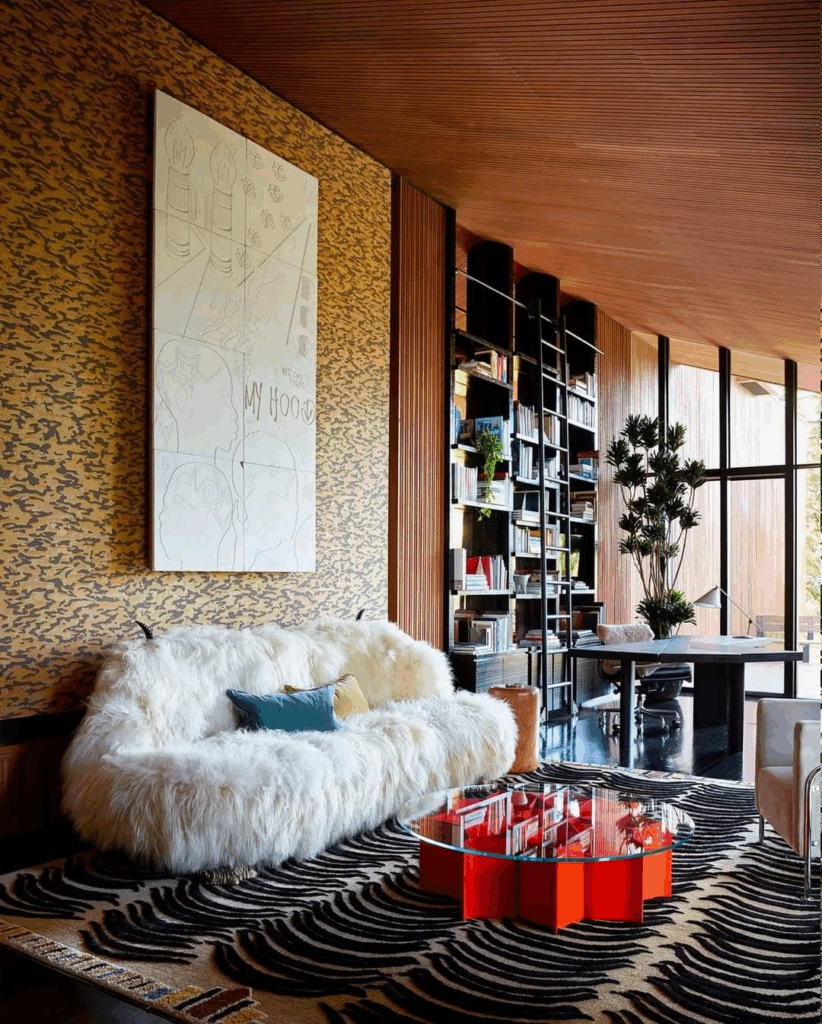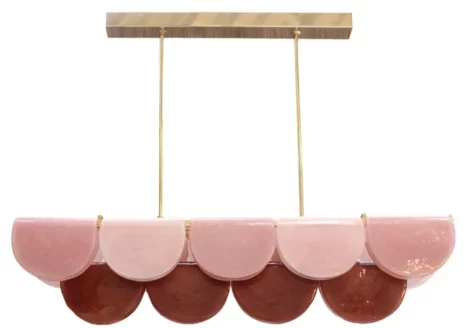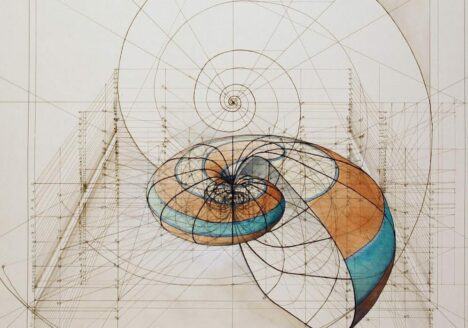Exploring the dialogue between structure, light, and space.
Written by Kando Studio, exploring how architecture shapes expressive, tactile interiors

Every space begins with a structure. The bones of a building-its rhythm, proportion, and light-quietly guide how it wants to be lived in. At Kando Studio, we see architecture as more than a container for interiors, the inspiration for the design; it is the muse that shapes them. The way sunlight crosses a threshold, the texture of a brick wall, or the echo of a vaulted ceiling-each detail holds a clue to how a space might unfold.
In a world that often treats interior design as decoration, we believe in dialogue. Architecture speaks; interiors respond. Together, they create coherence, a sense that what you see, touch, and feel is in balance with the building’s essence. Through this relationship, we craft interiors that are bold yet grounded, expressive yet restrained-spaces that breathe with the rhythm of their architecture and the lives that inhabit them.
Listening to the Architecture
Every building has a story. Some whisper through their geometry, others announce themselves through light and form. Before any line is drawn, we begin by listening-observing how materials, structure, and shadow interact. This act of listening is a designer’s first conversation with the architecture.
The way light falls at different times of day, the weight of the materials, the flow of openings and voids-all guide how we begin to compose the interior.
Each gesture becomes a continuation of what already exists, not an imposition. When architecture leads, design gains purpose. It’s no longer about adding layers of style, but amplifying what the space quietly asks for.
From Structure to Atmosphere
Architecture provides the framework, but atmosphere gives it soul. Translating structure into mood is an act of interpretation. We consider how each material-timber, plaster, glass, stone-carries its own weight, texture, and temperature.
In converted warehouses or post-industrial shells, the exposed beams and brickwork guide us towards honest, tactile finishes: limewashed walls, brushed steel, softened by expressive textiles and collectible furniture. Meanwhile, in historic settings, we often temper ornate detail with restrained interventions-muted tones, soft edges, and lighting that emphasises depth rather than grandeur.
The aim is harmony, not mimicry. The architecture sets the rhythm; the interior composes the melody. Together, they create a space that feels cohesive, human, and alive.
The Material Dialogue
Materials are our language of expression. They connect body to building, inviting touch as much as sight. Architectural interiors thrive on material contrast-the interplay of hard and soft, light and dense, matte and reflective.
At Kando Studio, we often begin by studying how daylight moves across surfaces. Morning light may favour the soft veining of marble, while evening shadow might call for the depth of walnut or patinated brass. This sensitivity transforms architecture into experience-not just what you see, but what you feel.
Similarly, we integrate collectible design pieces and sculptural lighting that echo the building’s geometry. A curved sofa might soften a rectilinear plan; a Murano glass sconce might reflect the rhythm of an arched ceiling. These gestures bring warmth and tactility to structured space, turning the architectural into the sensory.
Rhythm, Proportion, and Pause
Architecture is music made solid. Each space carries tempo and silence, expansion and compression. As designers, we choreograph how people move through it-where they pause, where they feel lifted, and where they find calm.
Proportion is our compass. In a narrow corridor, we might play with vertical light to draw the eye upward; in a vast gallery, we might introduce soft partitions or textured rugs to humanise scale. These subtle interventions ensure the interior does not overpower the architecture, but lives comfortably within it.
This is where expressive interiors find their grace-not through ornament, but through rhythm. When proportion and flow align, the result feels effortless, even if it’s meticulously designed.
Designing with Continuity
Architecture-driven interiors rely on continuity-visual, spatial, and emotional. A single gesture, repeated thoughtfully, can carry a narrative from one room to the next. The curve of an arch might become the silhouette of a cabinet handle; the grid of a façade might inform the layout of tiles or textiles.
This sense of continuity extends to light and atmosphere. We design transitions as carefully as we design focal points, ensuring the experience of moving through a space feels seamless. Whether we’re working on a Georgian townhouse in Marylebone or a contemporary apartment overlooking the Thames, our approach remains constant: respect the architecture, and the interior will always feel at home.
Expressive Living
Ultimately, architecture-driven interiors are not about restraint, but expression. When design emerges from structure, it becomes deeply personal-because it’s rooted in authenticity. Every decision, from the grain of wood to the curve of a wall, gains context and reason.
This approach invites personality to surface in subtler, more lasting ways. A hand-finished plaster wall speaks of craftsmanship. A bespoke table that echoes a building’s geometry feels quietly confident. These are not fleeting trends; they’re gestures of permanence-of interiors that mature with time rather than fade with it.
The Poetic Of Space
To design interiors that listen to their architecture is to practise empathy. It requires slowing down, observing, and responding rather than reacting. The most compelling spaces don’t shout for attention-they breathe, they resonate, they feel inevitable.
At Kando Studio, we believe the future of interior design lies in this balance: expressive yet architectural, bold yet grounded. When we allow architecture to lead, our interiors gain depth, coherence, and soul.
We’d love to hear how architecture inspires your interiors. Share your thoughts, ideas, or inspirations with us-we believe every conversation begins with a space that speaks.

